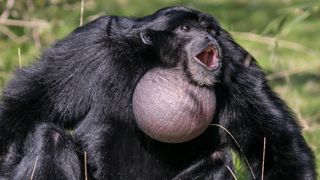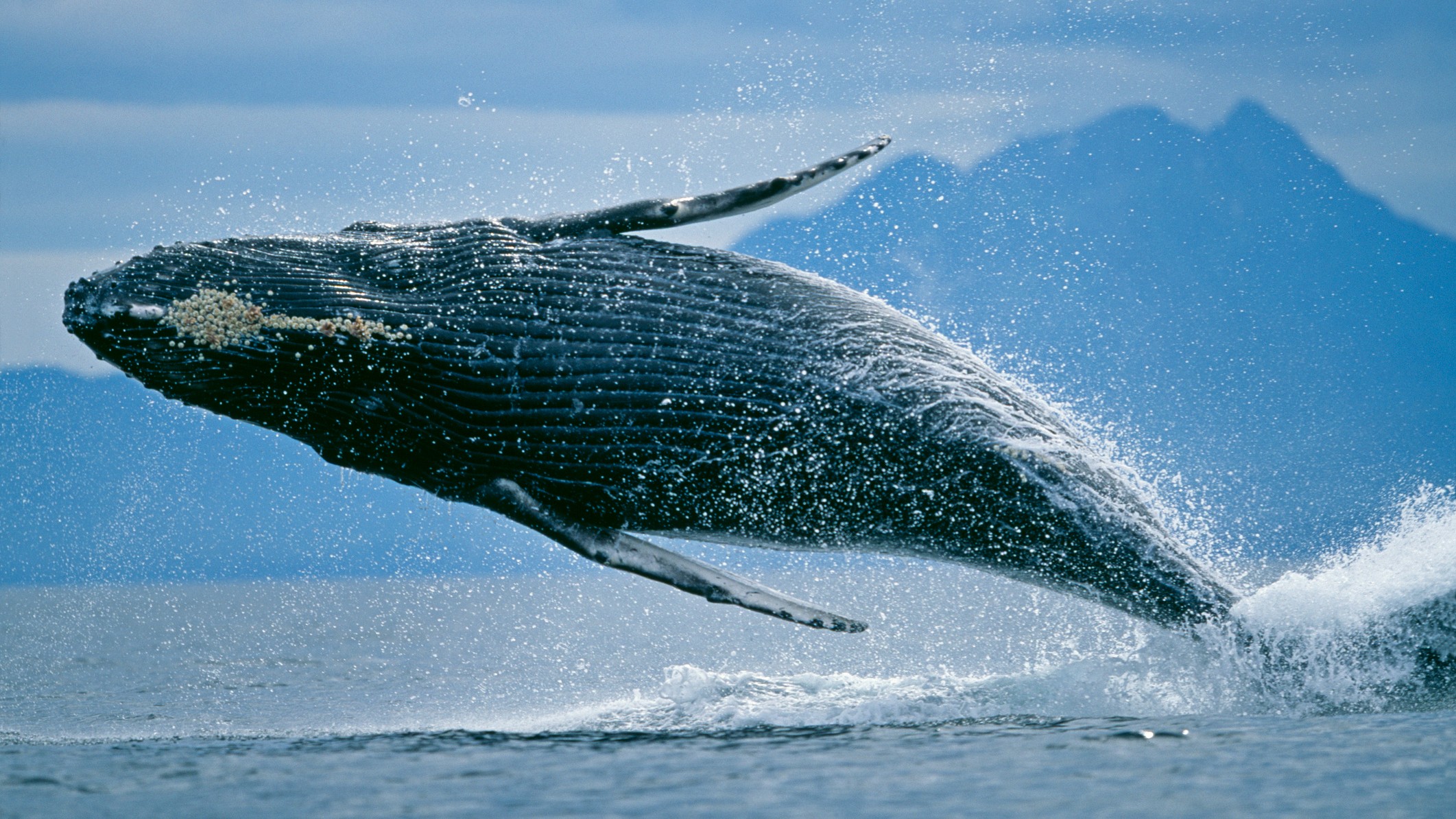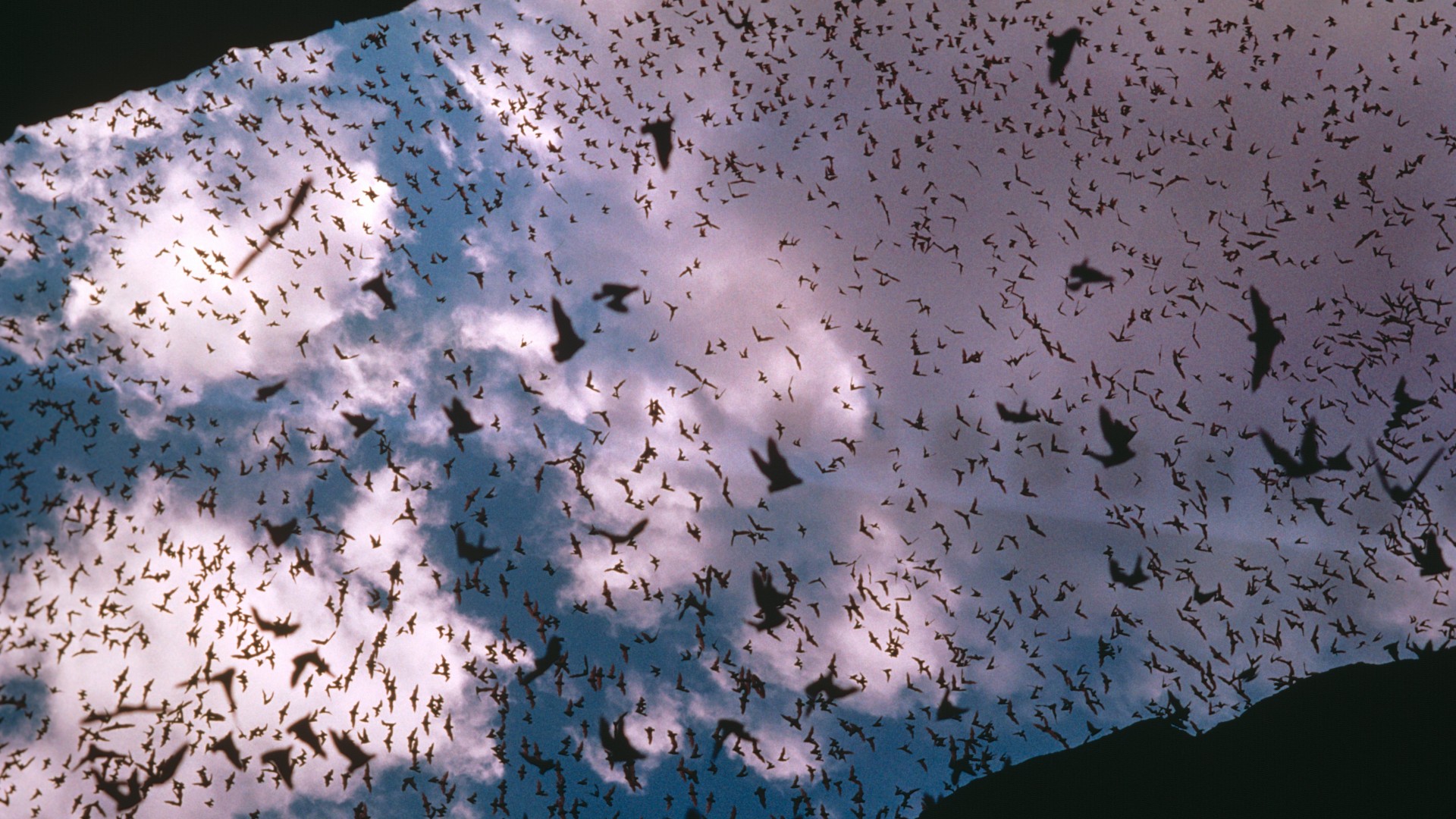Youtube Singing Funny Animated Pigeon Song
Which animals sing?

Two creatures sing sweetly to each other, exchanging a series of trills, cheeps and chirps. If you close your eyes and listen, you might believe you are hearing two birds. But you'd be mistaken. In fact, this is the vocal repertoire of a pair of Alston's singing mice (Scotinomys teguina), diminutive rodents that are found in the cloud forests of Central America and communicate by singing passionately to their companions.
Their sounds mostly fall outside our audible range, and so researchers revealed their sweet symphonies by recording their vocalizations at a frequency we can hear. But their elusive calls also debunk a commonly held assumption: that songbirds are the only animals, other than humans, that sing. In fact, more animals sing to one another than you might expect. So which species do it? And do they sing only to find mates and mark their territory — or perhaps also, like us, simply because they enjoy it?
First, we need to understand what separates a song from other sounds. Few researchers claim to have a definitive answer. But at the simplest level, they define a song as a sequence of tones, which may be repeated over a period of time into something that resembles what we'd call a melody, explained Brian Farrell, a professor of biology at Harvard University who devotes part of his research to studying animal sounds in the natural world. Put simply, "all songs are sounds, but not all sounds are songs," Farrell told Live Science. By this definition, a dog's bark, a frog's croak or a cicada's high-pitched thrum aren't sounds that we would necessarily consider song-like.
Related: What's the chattiest animal?
Going a step further, you could say a song involves a degree of composition, which is aided by an ability to improvise, Farrell said. Interestingly, singing animals are frequently also those that learn their vocalizations from their parents, rather than being born with the ability; this flexible learning is thought to underpin the ability to improvise, he said.
This definition is a highly subjective, human one. But singing is a "shorthand way for us to talk about a certain subset of animal signals that sound very musical to us," said Charles Snowdon, a primatologist and emeritus professor of psychology at the University of Wisconsin–Madison who studies how animals communicate and animals' relationship to music. When we apply this definition, we start to uncover the hidden divas of the natural world.
Take the Mexican free-tailed bat (Tadarida brasiliensis), which tries to attract the attention of females during mating season with a high-pitched tune (so high-pitched, in fact, that humans need to tune in with special audio equipment to hear it). When a male bat succeeds in grabbing the interest of a potential mate, things become interesting. Quickly, he upgrades his simple song to incorporate a variety of sequences, seemingly to keep the female intrigued long enough for mating to commence, according to a 2013 study in the journal Animal Behaviour. The bats can rapidly reorganize these sequences to suss out what the female likes — a true case of improvisation under pressure.
Meanwhile, gibbons challenge humans as some of the most sublime singers of the primate world. Not all gibbon species sing, but those that do produce complex arias that usually intersperse long, whooping cries with shorter bursts of sound — using vocal mechanisms that researchers have discovered are common in opera singers, too. Their compositions are also context-dependent: Researchers have discovered that the predator alerts of some gibbon species have a unique arrangement of sounds not heard in regular calls, for instance. What's more, gibbon mates are also known for singing duets, which experts believe helps to strengthen social bonding and demarcate territory from other mating pairs.
Related: Why do birds sing the same song over and over?
These primates aren't the only animals that enjoy a sing-along, however. Alston's singing mice also sing duets, and they do it very courteously. The animals typically release a fast-paced stream of chirping (their songs can contain almost 100 notes), but studies show that one animal's songs will never, ever interrupt another's. In fact, each mouse pauses for a split second after its companion has finished, before it begins its own song. Neuroscientists have been investigating the neural basis of this pausing ability, to see what it might tell us about the evolutionary roots of human conversation, which may be based on turn-taking, too.

Meanwhile, no conversation about singing would be complete without the haunting melodies of the humpback whale (Megaptera novaeangliae). In 1970, American biologist Roger Payne captivated the public imagination when he carried out the first recordings of whale songs on vinyl and distributed them far and wide. The soulful songs made such an impact, in fact, that they are credited with helping to spur momentum against whaling through the 1970s, which eventually resulted in a near-worldwide moratorium, Farrell said.
Payne's recordings also showed, for the first time, that the whales' crooning was made up of distinctive and repeating motifs. Payne "really was the first person to discover that these 20-minute utterances by whales are actually compositions," Farrell said. Since then, researchers have discovered that pods of whales have unique songs that can be used to identify them and that other whale species, including killer whales (Orcinus orca) and belugas (Delphinapterus leucas), sing too.
What's there to sing about?
These are just a handful of the planet's singing species, and depending on how we define animals' wild melodies, there may be many more. But why do singing animals sing, rather than bark, bleat or buzz? In addition to competing for territory, mates and food, animals that inhabit the same acoustic space effectively have to "compete for bandwidth" to get heard, Farrell said. Singing, it turns out, has the advantages of transmitting over long distances and being able to carry lots of information in its lengthy sequences. That's useful when you're using it to demarcate territory, alert others to predators or woo a mate with impressive vocal feats, like free-tailed bats do.
But beyond these functional roles, do any animals sing just for the sheer joy of it? Here, there are no hard-and-fast answers. But we do know that animals play and that they have "emotional lives," Farrell said. "Those two things are established, and there are very large literatures on them," he said. And there is also mounting evidence that animals have an emotional response to music.
For instance, researchers have studied the impact of Mozart's compositions on mice, which can hear the music's highest-frequency tones, and they have found that the music lowers the mice's blood pressure, which is generally correlated with feelings of calm. To build on such discoveries, Snowdon decided to go a step further: 13 years ago, he began working with a cellist named David Teie, to determine if this relationship would hold up if they composed music especially for animals. They hypothesized that the animals would be even more likely to respond to music if it contained frequencies within their vocal and audible ranges, as well as a familiar tempo based on their heartbeat or pattern of vocalizations.
Related: What type of music do pets like?

In two separate studies, Snowdon and Teie decided to study cats and a monkey species called the cotton-top tamarin (Saguinus oedipus), and measure the creatures' responses to a series of experimental animal ballads that Snowdon and Teie had composed. First, for the tamarins they composed two distinctive tunes: one comprising of sharp, staccato beats that evoke a monkey's agitated chatter; and another piercing, whistling tune. For cats, they composed a sequence of high-pitched, sliding notes set against a background beat that matched the tempo of a purr. In both cases, the specially composed music evoked a response.
Their 2009 study on tamarins, published in the journal Biology Letters, showed that they could successfully calm or excite the monkeys depending on which tune they played. Meanwhile, in a 2015 study in Applied Animal Behaviour Science, their cat songs were met with interest from the felines, which were more likely to approach and rub against the speakers playing their unusual ditties — a sign of contentedness and pleasure — than the speakers playing regular tunes.
"That shows that there is an emotional component to music and that if we manipulate these emotional factors, we can change the behavior of animals," Snowdon said. In fact, when a separate set of researchers tested Snowdon and Teie's cat compositions in the real-world setting of a veterinary clinic, "they found that playing cat music kept the animals calmer during a veterinary examination than either human music or silence did," Snowdon said.
The fact that composed songs can have this effect on animals has led some to consider that music's emotional impact may have deeper evolutionary roots than we realize, which could shed light on its profound effect on humans, Snowdon said. That's an ongoing area of research. Meanwhile, can we conclude from this that animals sing purely for enjoyment? Farrell is inclined to think there is an emotional component to animal song, but that is beyond our current research capacity to confirm, he said — adding that "the most interesting questions are the hardest to test."
Thinking of the gibbon's playful whoop, the singing mouse's empathetic chatter and the whale's soulful melody, it's difficult to believe that there isn't emotion and joy woven into animal songs. But that's a mystery for another day.
Originally published on Live Science.
Source: https://www.livescience.com/do-animals-besides-birds-sing
0 Response to "Youtube Singing Funny Animated Pigeon Song"
Post a Comment